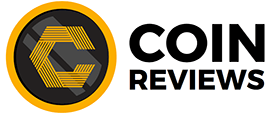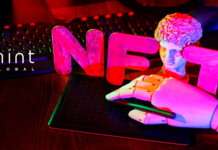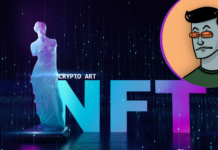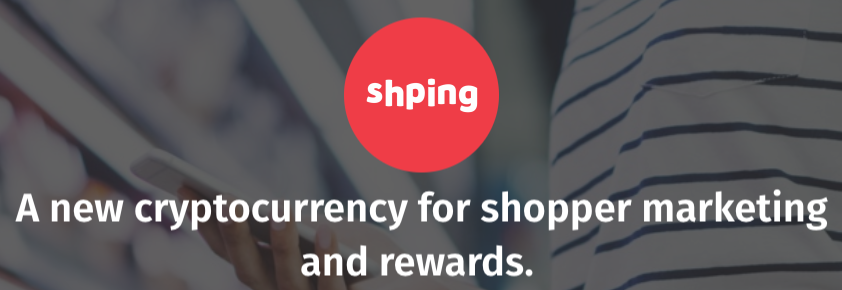
If you’re the type of person who cares about the products you buy – whether they’re good, what’s in them, where they’re from – shopping can be a bit of a hassle. Coming across something you might want in a shop and then trying to do research and googling product reviews from your smartphone is time-consuming. But the alternative – just buying something blind – doesn’t appeal to many modern consumers.
Shping offers an alternative to that experience, with a cryptocurrency twist.
Official Website: https://www.shping.com/
The Shping App
At its core, Shping is a shopping assistant app that eliminates a lot of the hassle of retail shopping for product-conscious consumers. Once you’ve installed the Shping app, which is already available on both iOS and Android, you can use it to scan a product’s barcode and gain instant access to a wealth of useful product information, rather than having to try to type in a model name and then scroll through search results.
For example, I scanned a bottle of mouthwash and Shping instantly gave some basic information like the product name, the company behind it (i.e, the parent company of the brand listed on the label), and whether or not it had ever been recalled (it hadn’t). There’s also a “reviews” tab where you can quickly browse through reviews and photos other Shping users have uploaded.
Some products in Shping’s database will also be able to give you additional information, like where the product was made. And in some cases, the app will even register your warranty for you, so you’re protected in the event you end up with a defective product.
Integrating Blockchain Into The Shopping Experience
Of course, an app like Shping lives and dies on user participation. The “reviews” tab is useless, for example, if you don’t have users who are actually buying, using, and uploading reviews for products. And that’s where Shping separates itself from other “shopping helper” apps and other online services.
Take an action in Shping (like scanning an item or uploading a review) and you’ll be rewarded with cryptocurrency. Shping Coin ($SHPING), which is currently in the midst of a token sale, is an ERC20 token that’s valued at an initial rate of 1 Shping to $0.01. Users accrue Shping as they engage with the app, and later in 2018 they’ll be able to trade that Shping on cryptocurrency exchanges in whatever manner they’d like.
Of course, at 5 Shping per item scanned, it takes a while to amass a lot of Shping. Users who have a speculative interest in the token can purchase it in the ongoing token sale through March 23rd 2018, with the usual sorts of volume bonuses available depending on time and the quantity of Shping purchased. Shping is accepting ETH, BTC, LTC, ETC, DASH, ZEC, and even a couple of fiat currencies: AUD and USD.
The Shping token is pre-mined, with a total supply of 10 billion Shping and no method for generating additional Shping. 5 billion Shping is up for sale as part of this ICO, with the other 5 billion held in reserve. Most of those reserve coins (43%) will go towards funding those app incentives – that’s what you’re paid with when you get 5 Shping for scanning an item. The remaining 7% of Shping tokens are split between team rewards (2%), advisor rewards (5%), and bounties (1%).
Shping for Businesses
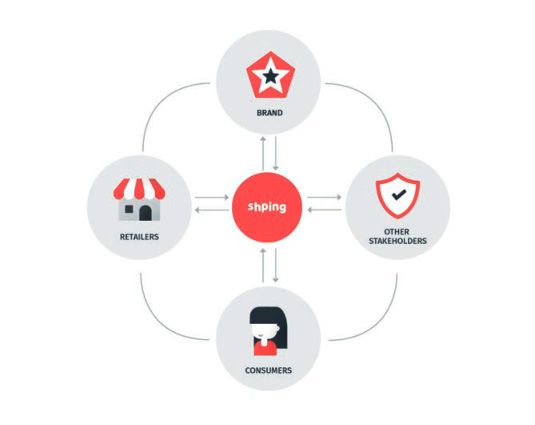
Shping isn’t just a consumer-facing shopping app, though. It also has a number of business-facing “modules” that leverage its global product database and its network of shoppers to add value for its business partners.
For example, through Shping’s security module, companies can leverage advanced security and brand protection features. The module allows brands to monitor their products as they flow through the supply chain. Businesses can track individual products from the factory to the warehouse and the point of sale using a unique datamatrix code and a serialized global trade item number (SGTIN).
Shping’s marketing module helps businesses take advantage of Shping’s connection to consumers. When users scan product barcodes, participating businesses will be able to send them targeted marketing messages. The module can also provide access to aggregate data that reveals consumers’ purchasing habits, offering businesses valuable analytics. The tool boasts both uni- and multicast capabilities. It is designed to enable businesses broadcast messages on a granular level.
Through the Shping marketing module, businesses can even build a Shping-token-based customer loyalty program.

Shping is Real, Functional, and Ready to Use
One of the biggest selling points of Shping is that, unlike many blockchain projects, it’s not just a whitepaper (although it does have a detailed whitepaper for those interested). Shping’s app exists on both iOS and Android. Its product database already exists. It already has a network of real-world partners including Asia Food Safety Zone (China), The National Farmer’s Federation (Australia), Australian Certified Organic, Rosselkhoznadzor (Russia), and AsureQuality (New Zealand) that are helping it track product certifications, origins, and ingredients.
That’s not to say Shping’s goals have been 100% realized. When I scanned a variety of UPCs around my house in the US, I found that Shping’s database only registered around half of them – most of those in the area of food, cosmetics, toiletries, and other daily-use products. And among those, I saw only a few reviews.
But of course, it’s early days for Shping, and with the incentive of Shping tokens on offer, I’m probably going to keep using the app to scan things as I shop, and maybe even add some reviews for products I own and like. Shping is a great idea, but unlike most great blockchain ideas, it’s one that’s pretty close to becoming a reality.

